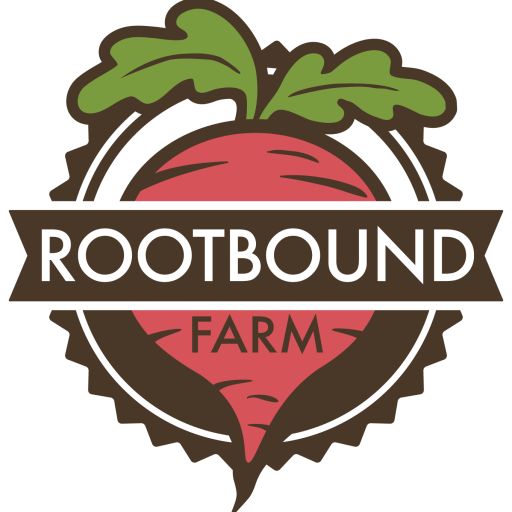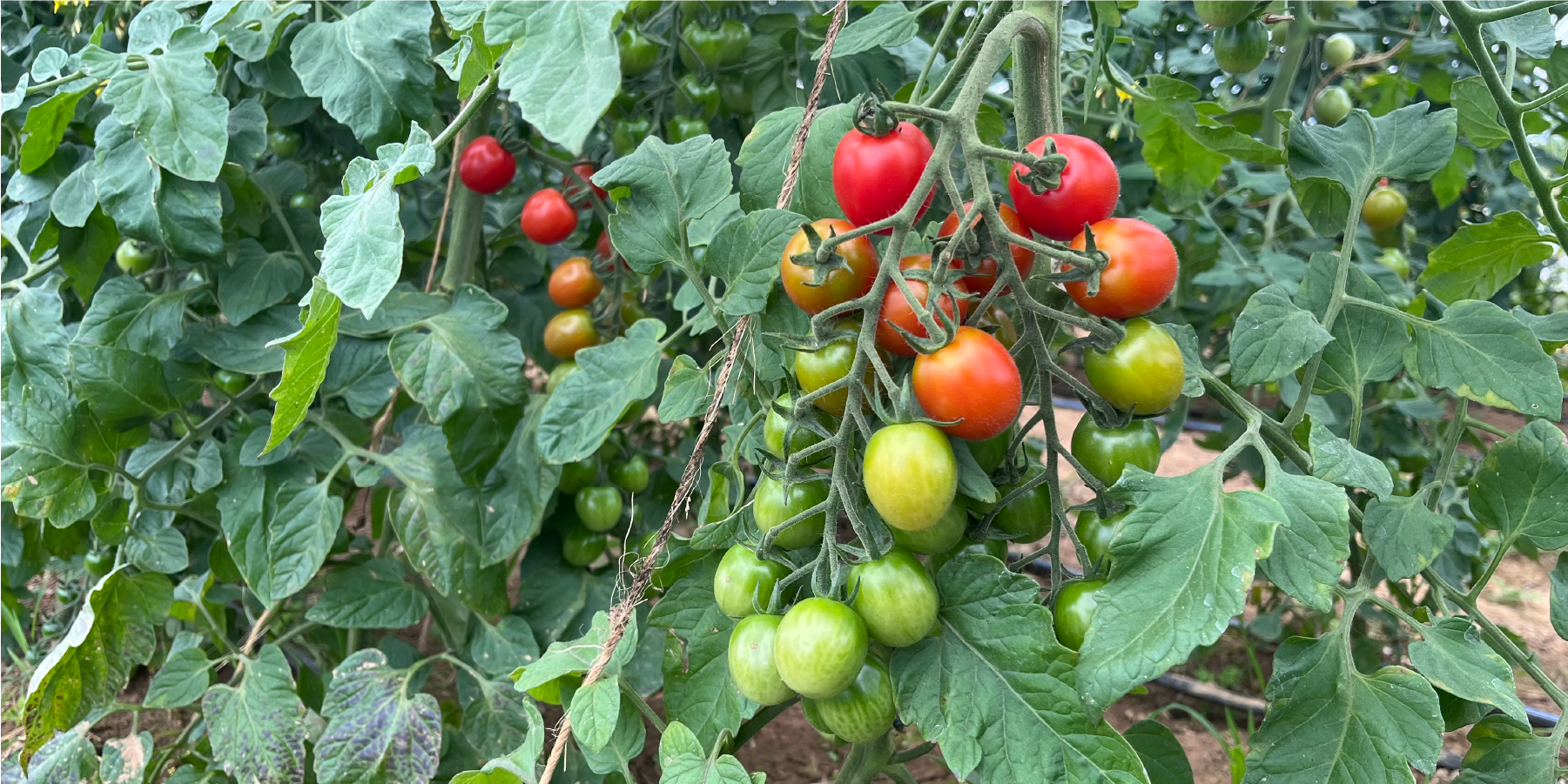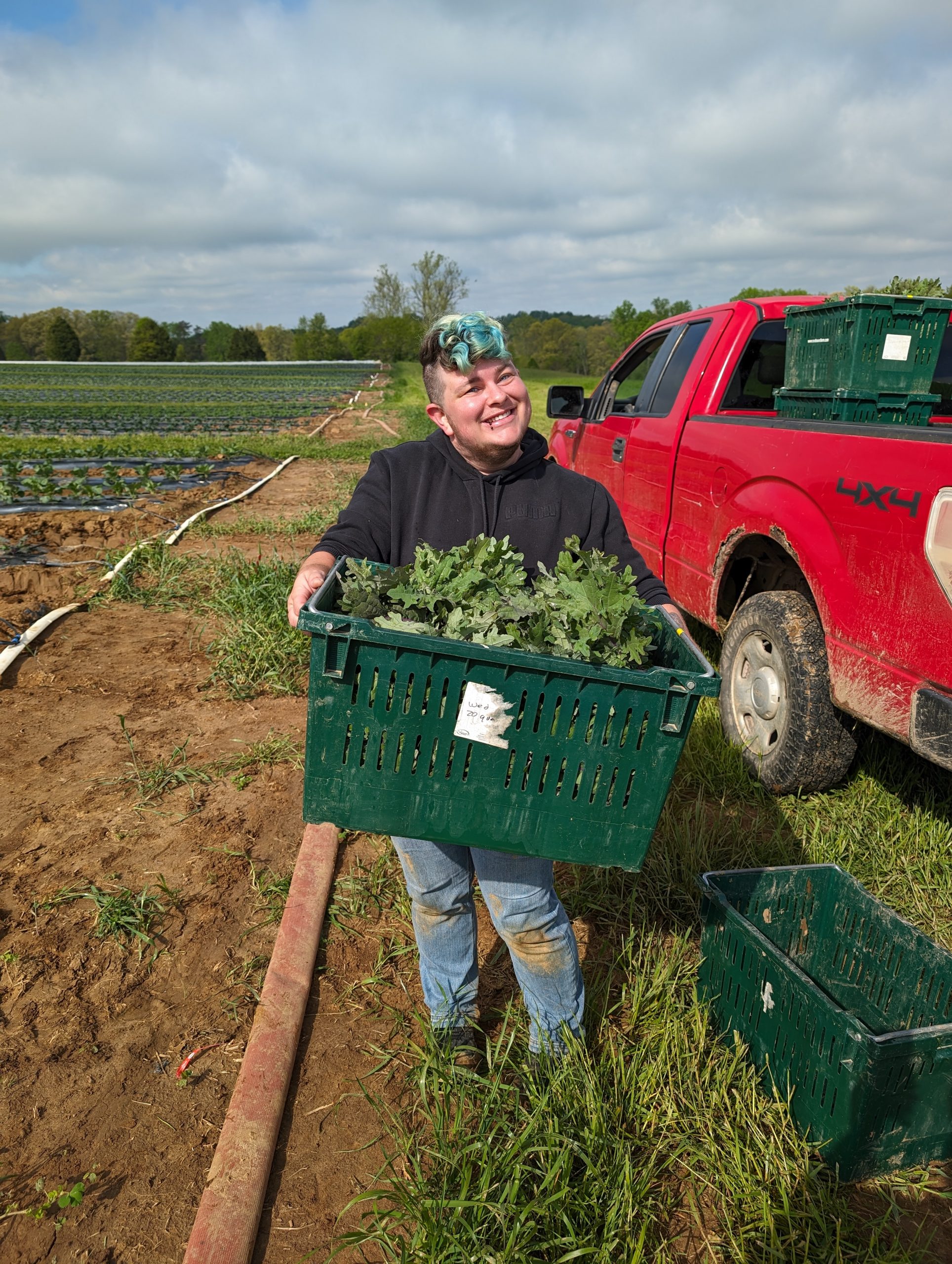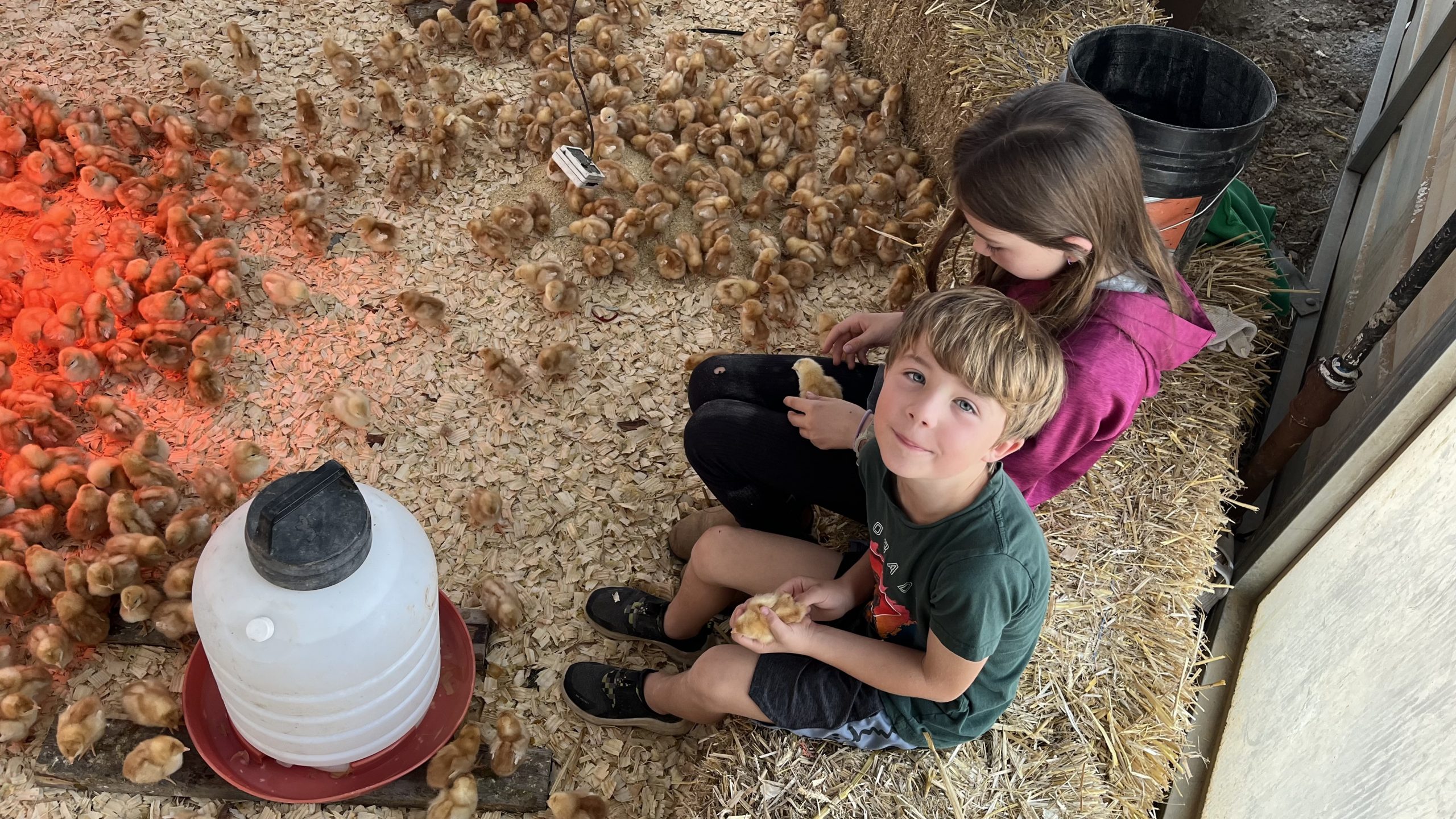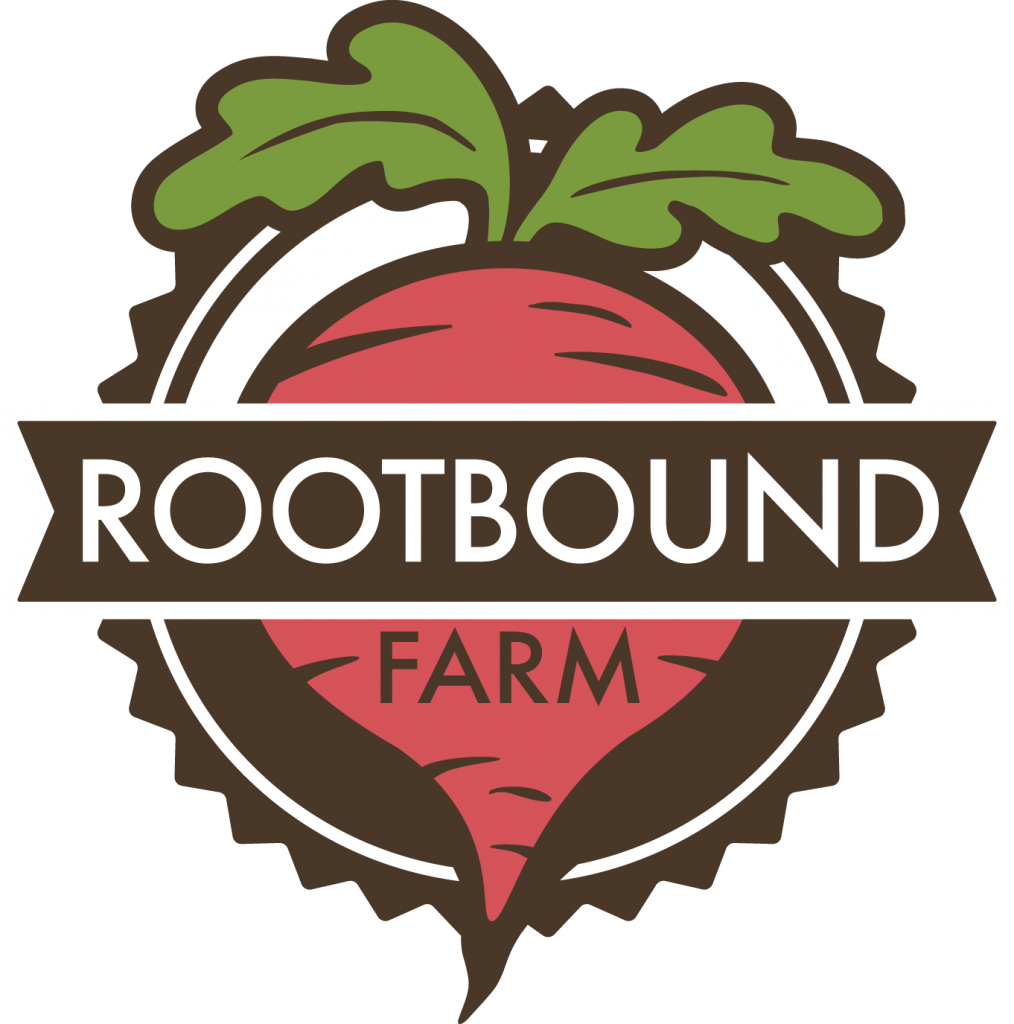26! We harvest all of the items in your share within a day or two of reaching your home. We hit the ground on Monday morning harvesting for the early-week CSA shares, and this week’s Monday harvest list was one for books. With 26 different items on the list to harvest for CSA shares, we had to add a second sheet of paper to fit them all!
These are the days when Spring smashes up against Summer, and we get the reward with a diverse list of items to choose from: fresh herbs, squash, lettuces, cole crops, the first eggplant and beans of the year, and so much more. The tomato vines are even starting to droop with fruit, and we will begin our first cherry tomato harvest this week. The small cherry tomatoes are always a couple of weeks ahead of the slicing varieties, but they, too, will be here before we know it.
This year marks our 9th season of Community Supported Agriculture, and this is our 6th season offering customizable shares. It is during these times of bounty and diversity of products on the farm that I’m so thankful we have the tools to offer customizable boxes. Before we offered customizable boxes, we would choose the same core items for all members. We did our best to curate a great selection, but how could we possibly choose 5-6 core items that would be the same for everyone? With over 700 CSA boxes being custom-packed each week, we get to see all the different ways that people can eat in-season. It’s a good thing we don’t have to choose anymore, thanks to customization.
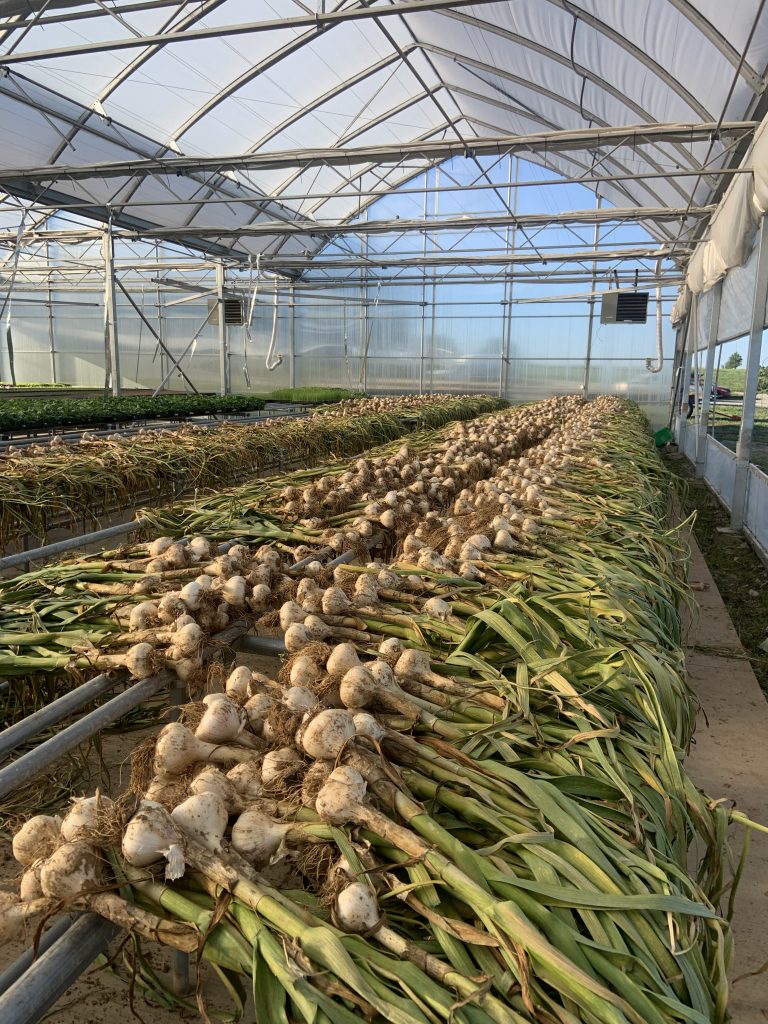
This past weekend, we began the bulb onion and garlic harvest. Our team hauled 12,000 pounds of bulb onions and 12,000 heads of garlic out of the fields. Once harvested, the bulbs are then laid out in the greenhouse, where they will spend a few weeks curing before they make it into your boxes in the weeks ahead. These two crops are both overwintered, meaning we planted them the previous fall, and they are now ready to be harvested and enjoyed for the months ahead. Thank you for being with us on this CSA journey. The shifting seasons remind us that “Change is the only constant.” The natural world is in a constant state of movement, and change is fundamental.
“Everything changes and nothing remains still; and you cannot step twice into the same stream”
Heraclitus
Meet our Marketing and Operations Coordinator
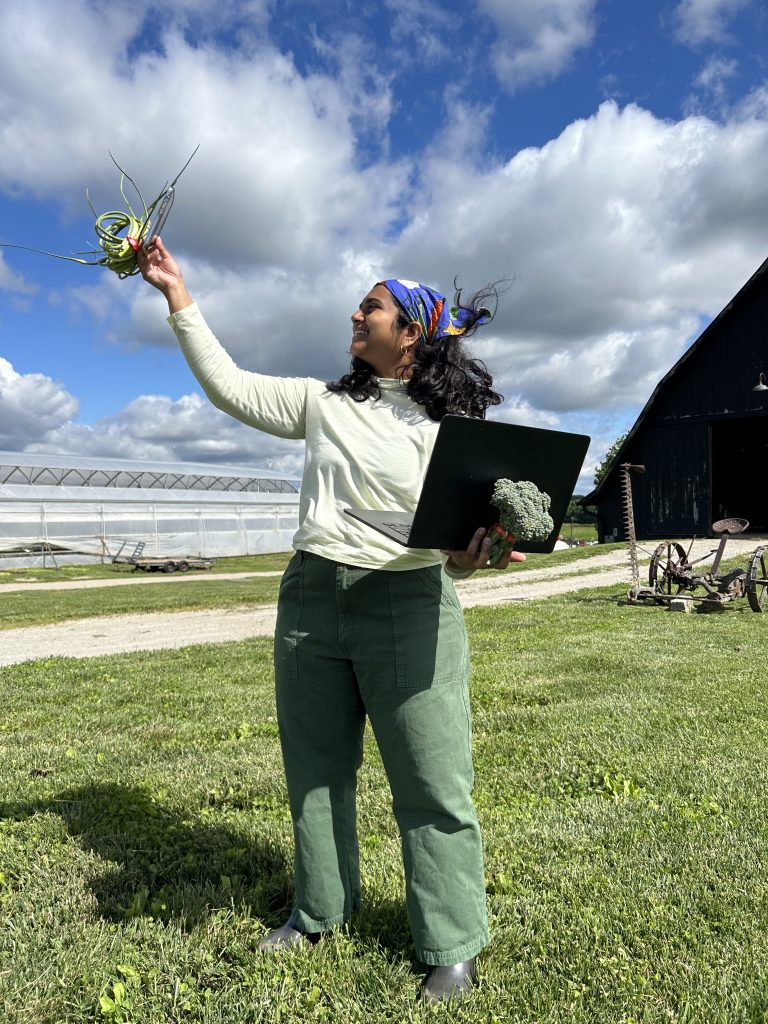
This week, our Staff Spotlight segment features the person writing and sending you all those emails. Me! I’m Aditi, the Marketing and Operations Coordinator at Rootbound. I have a background in art, design, and global media, but I am also interested in environmental justice, culinary arts, and gardening!
My job at the farm is a little different. It centers around making sure that harvests and packs are successful, efficient, and accurate, and it also ensures that our business partners and you, our shareholders, stay informed about what’s happening on the farm. A lot of these responsibilities are executed by merging spreadsheets, taking photos and videos, writing newsletters, and providing online customer support. Even though it sounds like I am glued to my computer all the time, I do get to work outdoors, seeding in the greenhouse, providing support at events, and even transplanting seedlings into the fields.
My favorite experience so far:
We had a little more downtime before the start of the CSA season, and I got to follow the stages of our watermelon planting process! I planted seeds in starter trays, moved them to ideal spots in the greenhouse, planted pollinator companions, and then, finally, planted them in the fields on the transplanter. As a home gardener, my hobby gives a small window into the high levels of hard work and dedication required to provide such a significant quantity of food. But I also enjoy participating in different stages of the planting process, and I am excited to get out in the field one day this summer to harvest a watermelon!
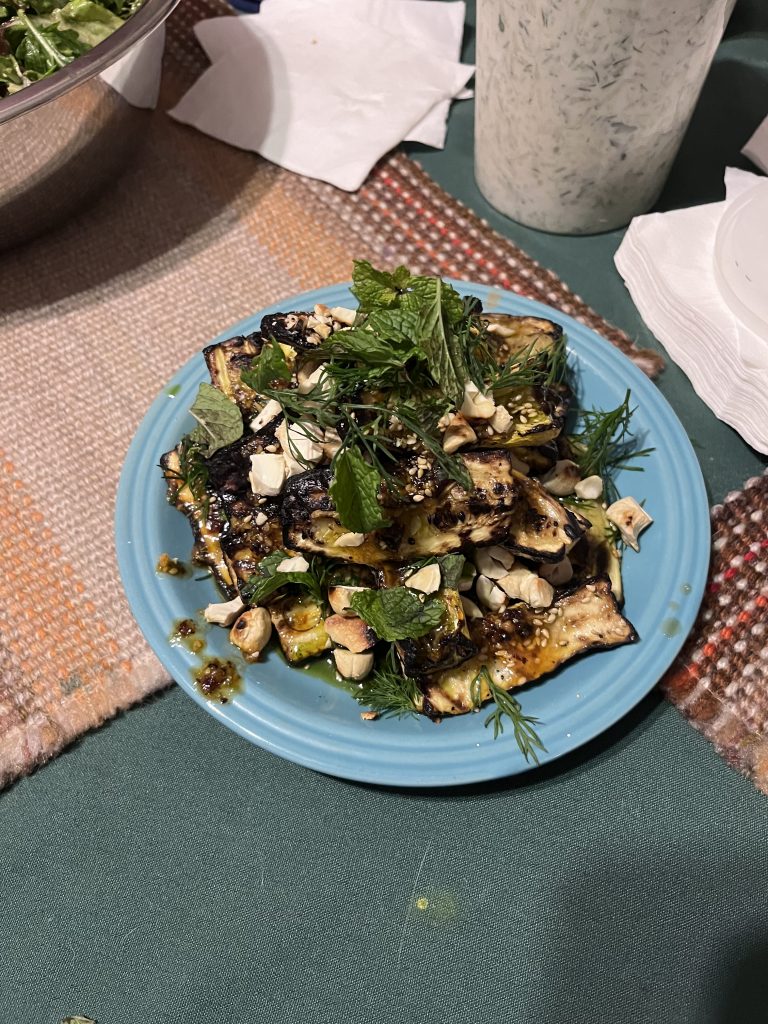
My favorite veggies and ways to prepare produce from Rootbound:
It is tough to choose a favorite, but I enjoyed the microgreens at the start of the season. When I cooked for myself, they added an extra magical touch to my tofu over rice or dumpling soup. This past weekend, I had a cookout with some friends where we turned all the items from my share box into a dinner for ten! We grilled up harissa-marinated cauliflower. Once they were off the grill, we topped the squash with scallion oil, salsa matcha, herbs, and toasted nuts. To make a dressing for the lettuce mix and arugula, we charred up the green onions and garlic scapes and added oil, vinegar, salt, and lemon. It can be challenging to tackle a week’s box, but sometimes, the stars align for a large meal like this.
It’s nice to meet you all! I look forward to sending you all more updates about the farm. Please reach out whenever you need an answer to a conundrum!
Let’s Plan a Schedule for Eating Your Veggies!
I am sure you all can sometimes find the weekly box intimidating to tackle, especially on the day of your pick-up. In the next few newsletters, we are making an effort to support you through the CSA season by offering tips and tricks to store and eat your vegetables. This week, we are focusing on what vegetables you should eat first, and what items you can save for later in the week.
Our first tier, or first priority of items includes delicate herbs like basil. Unlike other herbs that last long when stored properly, our basil can oxidize quickly when exposed to air. We recommend using it as soon as possible, or making a cooked dish or pesto with it if you want to use it three or four days after your pick-up.
In the second tier, we are prioritizing whole-head lettuce. After washing and drying, you can eat it right away or store the leaves in an airtight container. Lettuce can wilt over time due to the harsh nature of the refrigerator temperature, so we recommend eating this almost just as quickly as the basil. Bagged lettuce mix can last longer, but we still recommend eating it as soon as possible.
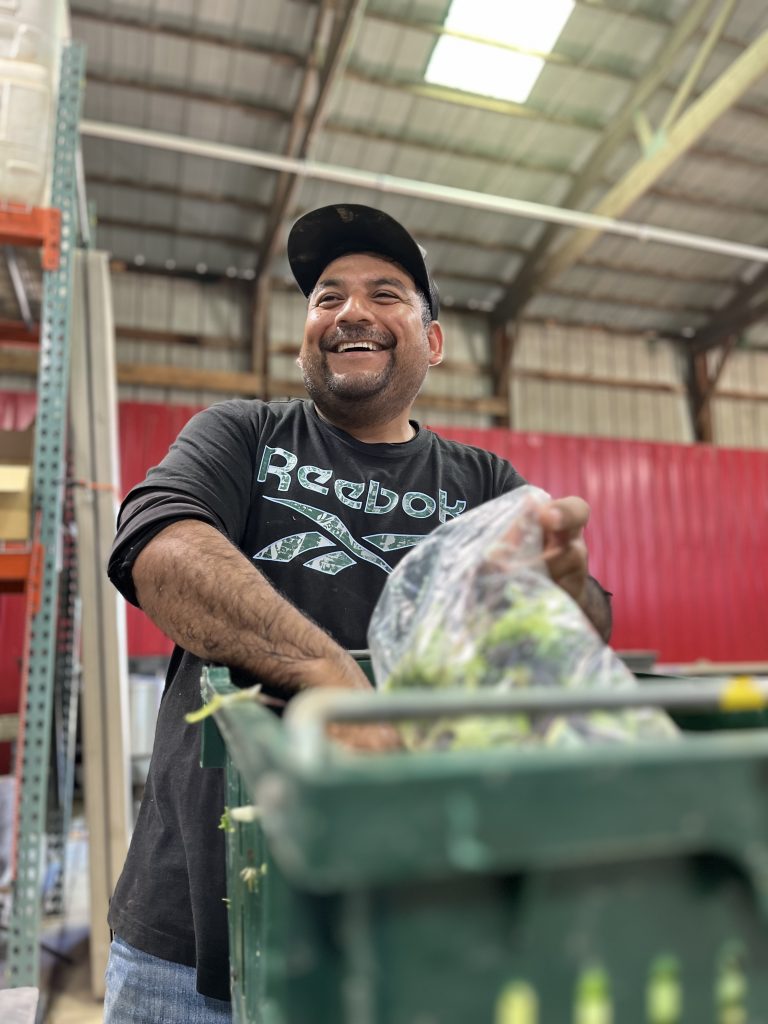
In third, we have softer but denser vegetables like squash, cucumber, napa cabbage, and cauliflower. On day three after your pick-up, these vegetables will still hold up, especially if kept in the veggie drawer of your fridge.
And finally, you can hold off on items like beets, green and red cabbage, and kohlrabi until the end of the week. Just make sure that you take the leafy parts of the beets and kohlrabi so that you increase their longevity. Any time you get a root veggie from us with the greens attached, we recommend separating them as soon as you can because those leaves will continue to drink the moisture from the roots – and that’s how we end up with limp carrots or radishes. With the leaves removed they will last for weeks in your fridge!
Lamb Recipes
Squash and Zucchini Recipes
| Grilled Courgettes with Warm Yoghurt and Saffron Butter – Ottolenghi |
| Courgette Tart with Lemon Ricotta – Justine Snacks |
| Guacamole Falso – Muy Bueno Blog |
